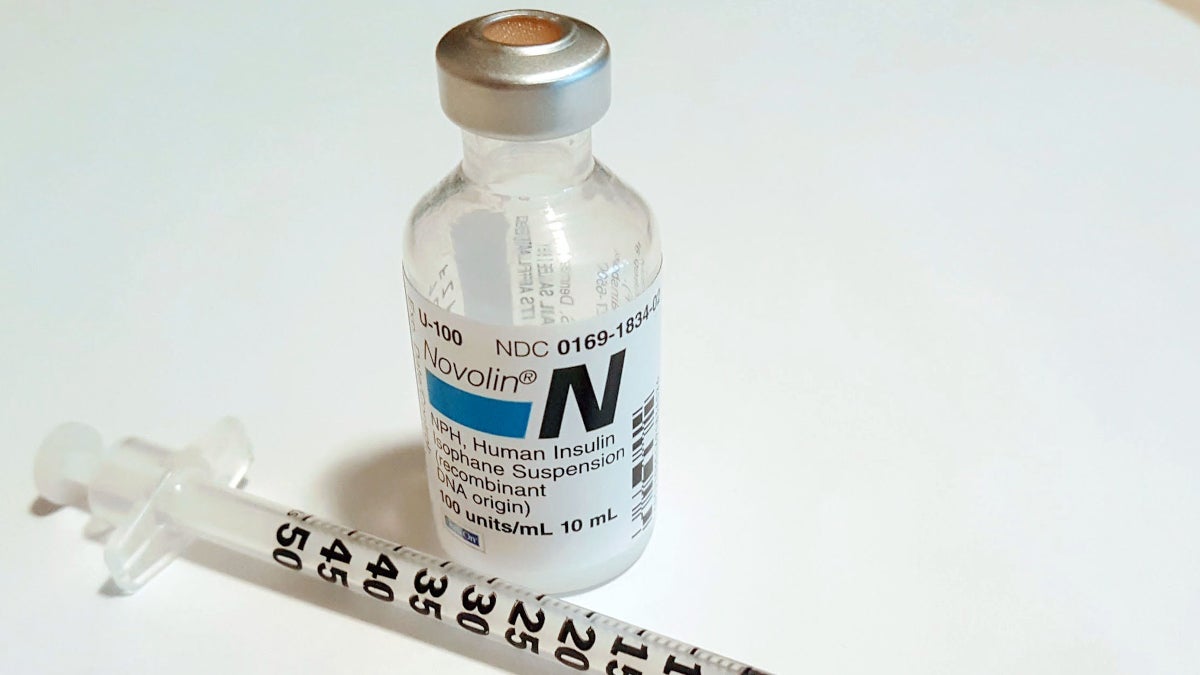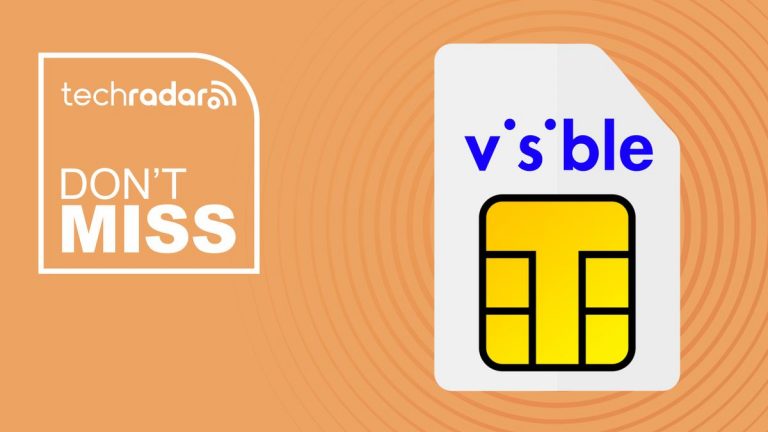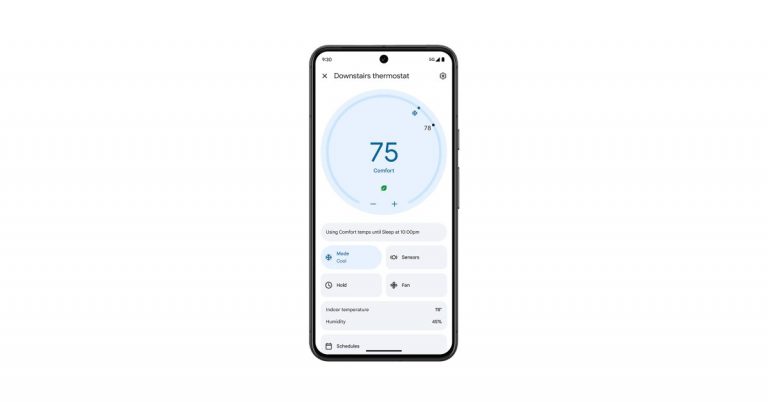Apple Unveils Revolutionary Blood Sugar Monitoring App Amid Non-Invasive Glucose Sensor Breakthrough

Apple’s Secret Blood Sugar App: A Step Towards a Healthier Lifestyle
In a move that signals Apple’s growing ambitions in the healthcare space, the tech giant is testing an app designed to help people manage their blood sugar levels. According to a report by Bloomberg, the app is intended for individuals with prediabetes, enabling them to make healthier dietary choices and adopt a healthier lifestyle.
A Glimpse into the Apple Blood Sugar App
The app, still in its development stages, was tested by certain Apple employees earlier this year. To be eligible for the testing, employees had to undergo a blood test to confirm they were prediabetic, with a increased risk of developing type 2 diabetes. This suggests that Apple aims to integrate the app with a future blood sugar-related feature, possibly the long-anticipated non-invasive blood glucose sensor for the Apple Watch.
How the Blood Sugar App Works
The app allows users to monitor their blood sugar levels using commercially available glucometers, which require a small blood sample from the finger. This reading determines how much insulin the user needs to take before each meal. Apple employees involved in the testing process tracked their blood sugar levels using these devices.
The Future of Blood Sugar Monitoring with Apple
Apple has been working on a non-invasive blood glucose sensor for the Apple Watch, which would revolutionize blood sugar monitoring. This technology would eliminate the need for users to draw blood samples from their fingers, reducing the inconvenience and expense associated with traditional testing methods.
The Possibilities Ahead
The Apple Watch’s non-invasive blood glucose sensor would use lasers to shine light into the skin, reading the amount of glucose in the user’s blood. The initial iteration of this feature might only alert users if they are prediabetic, while subsequent versions would provide detailed blood sugar readings, enabling users to calculate their insulin needs before meals.
The Challenges Ahead
While the technology shows promise, Apple still faces significant hurdles, including miniaturizing the sensor to fit the Apple Watch and addressing overheating issues. Despite these challenges, Apple’s efforts could bring significant benefits to those living with diabetes, including the ability to detect hypoglycemia and prevent its potentially life-threatening consequences.
Conclusion
Apple’s foray into the healthcare space is a significant step towards empowering individuals to take control of their health. By leveraging its user-friendly technology and sleek devices, the company may be able to make a meaningful difference in the lives of those living with prediabetes and type 2 diabetes.





